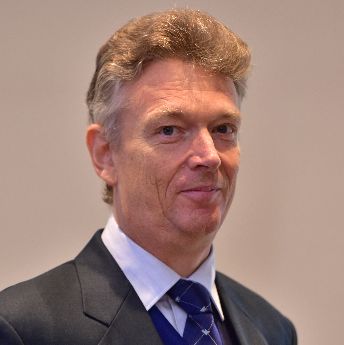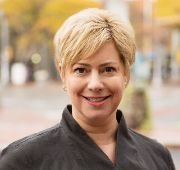Financial education – Time for a re-think?
by Graham Wright, Angela Wambugu, Juliet Ongwae and Daryl Collins
Oct 27, 2013
4 min
Traditional financial education is missing the mark both in terms of content and pedagogical approach. This blog states how MicroSave is continuously exploring alternative approaches to financial education.
Traditional financial education both in poor and rich contexts have taken a didactic, class-room based approach to conveying analytical financial concepts like budgeting, saving, managing debt, and calculating interest rates. We need to re-think the process of financial education to merge it with product marketing, thus making it more relevant for customers and more cost-effective for financial institutions.
Recent research by Zollmann and Collins suggests that, particularly amongst the poor, traditional financial education is missing the mark both in terms of content and pedagogical approach:
- Content: For the poor, financial decisions are not big, infrequent analytical choices about allocating funds. Rather, financial management is a constant, inseparable cycle of earning and allocating uncertain, erratic cash flows. Managing money is all about staying disciplined. Kenyans are already quite strong at budgeting and saving; the real knowledge gaps come in understanding how financial products should function to help them stay on track and realise their short and long term goals.
- Approach: Research participants said that money management is something they would find difficult to learn in a classroom. Experience rules. People test financial products with low values and little risk to make sure the product performance conforms to their understanding before entrusting it with larger values. Frequent, clear feedback and being able to get answers seem to be key factors enabling effective product testing.
Customers learned:
- From their own experiences: Zollmann and Collins hypothesise that any intervention that helped customers learn about their own transactions, and whether their expectations of whether it works are being met, would increase use of the product. For example, if customers are able to check fees and balances in a frequent, free, convenient way, we believe they will use the product more intensively. We call this a high frequency feedback intervention.
- From the experiences of those close to them: The Zollmann and Collins piece also observed that most people tend to watch others and learn from their successes or failures. Therefore, a peer-led introduction to a product will lead to more comfort and knowledge about how the product works. We call this a social marketing intervention.
There are also challenges arising from financial education donors/sponsors who have maintained the position that financial education is a public good, and thus institutions should not use it as a platform to market their products. While this is done to protect people from exploitation by financial institutions, the downside is that it undermines the ability to fully develop people’s financial capability.

Finally, it is essential to link financial education to real products, not just because of the need to provide consumers opportunities to use and experience products, but also because this provides an opportunity to deliver financial education on a massive scale as part of product marketing efforts. The alternative is small-scale financial education delivered as part of charity or corporate social responsibility efforts – with over 2 billion people financially excluded, efforts this size do not fit the need.
We need to de-bunk, and break free from, the myths that pervaded “financial literacy” for so long!
It is clearly time to test the efficacy of alternative, experiential, product-focused financial education interventions compared to traditional financial education training. Fortunately, some financial institutions are already working somewhat along these lines. Perhaps the best example is IFMR’s KGFS.
IFMR Trust’s KGFS uses “Wealth Managers” to deliver their range of financial products to the 2,500 households served by their branches. The KGFS model is structured around the concept of financial well-being and aims to maximize the financial well-being of every individual and every enterprise. As part of the enrolment process, customers’ plans for the future, income, expenditure and assets are assessed in order to identify the household’s potential needs for financial services.
To conduct and respond to this assessment, KGFS uses an evolving framework of:
- Plan (for future aspirations: education, marriage, housing, acquisition of land or business asset etc.)
- Grow (through investing business from either loans or savings)
- Protect (through life, livestock and accident insurance products)
- Diversify (through investing in a range of assets and avoiding concentration)
Wealth Managers are trained to discuss and probe their customers’ plans and financial needs. On the basis of this, they fill out a comprehensive form which is then uploaded into the KGFS wealth management system to identify which of KGFS’s range of 14 products to be sold to clients. KGFS is aware that the initial data collected may not be very accurate, but it is the conversation about financial aspirations and the products that help customers realise their plans that enables a process of personalised financial counselling. Customers often start with a single credit product to test KGFS and its intent, but unsurprisingly, the follow-up conversations often yield increasingly accurate data and more opportunities to sell products. But the Wealth Managers are not assessed on the basis of the products they sell but rather the financial well-being of their customers – as measured by their net assets and the level to which these are appropriately protected and diversified.
MicroSave continues to work on alternative approaches to financial education – through front-line staff, agents, group leaders and other opinion leaders, and by integrating financial education into the product strategy. This strategy includes opportunities to get rapid and regular feedback and experience of using the product at low or no cost; and, of course, product marketing.
 by
by  Oct 27, 2013
Oct 27, 2013 4 min
4 min 




Leave comments